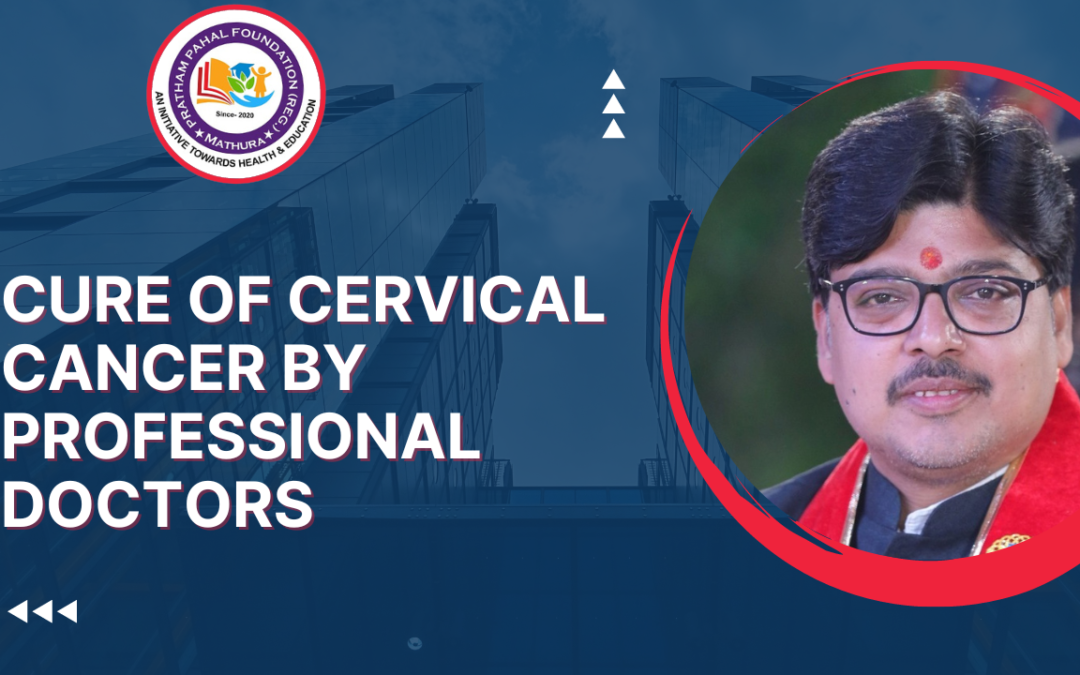Cervical cancer remains a significant health concern globally, particularly affecting women in both developed and developing countries. Understanding this disease, its risk factors, and preventive measures is crucial for early detection and effective management.
Caused primarily by persistent infection with high-risk strains of the human papillomavirus (HPV), cervical cancer often develops slowly over several years, starting with precancerous changes in the cervix. While HPV infection is common, not all women with HPV will develop cervical cancer. Other risk factors include smoking, a weakened immune system, early sexual activity, multiple sexual partners, and a family history of cervical cancer.
Symptoms of cervical cancer may not manifest until the disease has progressed. However, women may experience abnormal vaginal bleeding, pelvic pain, pain during sexual intercourse, and abnormal vaginal discharge. These symptoms warrant prompt medical evaluation, especially if they persist or worsen over time.
Prevention plays a crucial role in reducing the burden of cervical cancer. The most effective preventive measure is vaccination against HPV, which is recommended for both girls and boys before they become sexually active. Additionally, practicing safe sex, limiting the number of sexual partners, and avoiding smoking can lower the risk of HPV infection and cervical cancer.
Regular screening is paramount for early detection and intervention. The Papanicolaou (Pap) smear test is the most common screening method, involving the collection of cells from the cervix to detect precancerous changes. HPV testing may also be performed in conjunction with the Pap smear for enhanced screening accuracy.
If cervical cancer is diagnosed, treatment options depend on various factors, including the stage of the disease, the woman’s age and overall health, and her preferences. Treatment modalities may include surgery, radiation therapy, chemotherapy, or a combination thereof. Early-stage cervical cancer is highly treatable, with excellent survival rates when detected and managed promptly.
Regular gynecological examinations and screenings are essential for women’s health, even in the absence of symptoms. Healthcare providers play a vital role in educating women about cervical cancer risks, preventive measures, and screening recommendations.
In conclusion, cervical cancer is a preventable and treatable disease, emphasizing the importance of awareness, education, and proactive healthcare practices. By understanding the risk factors, symptoms, preventive measures, and screening protocols, women can take proactive steps to safeguard their health and well-being against cervical cancer.

